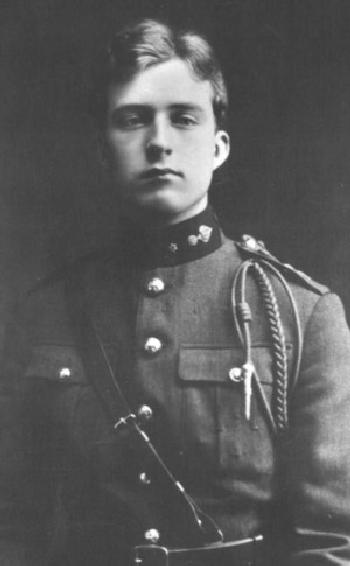
Figure 1.--Here is Crown Prince Leopold, I think at age 17 in 1918. After spending several months in the trenches at the front, he was sent to England to attend Eton. |


|
Albert and Elizabeth refused to abandon their subjects and stayed on while the country's valiant, although futile, effort tried to resist the German onslaught. Albert stayed with the Belgian Army which help to hold a small area of the country, the southwest corner. Elizabeth, using the medical knowledge she had acquired at her father's clinic, opened a field hospital where she served as a nurse. During these terrible times, Elisabeth lifted the spirits of wounded soldiers by given each one a floral arrangement during a lonely Christmas. Her sensible soul had understood that at certain times, small details gained essential importance. Prince Leopold spent several months with the Belgan Army at the front beflre being sent to England to attend Eton.
The Germans presented the Belgians a 12-hour German ultimatum to give the German Army free passage to France (August 2, 1914). King Albert insisting on Belgium's internatinally guaranteed neutrality decided to resist the Germans. He took personal charge from the rattled Bekgian Army chiefs. A traitor serving as chauffeur attempted to kidnap King Albert and take him to the German lines. The King drew his pistol and executed the man. The decession to resist slowed the German advance, but the Belgian Army did not have the force, equipment or training to fight a itched battle with the Germans. After some initial engagements, the King led the small Belgian Army west to afortified position on the Yser River in Flanders. During the Battle of the Yser River, the River was deliberately flooded from Nieuwpoort up to Diksmuide in order to provide an obstacle to the advancing German Army. Kaiser Wilhelm II liked to posture as Germany's great war leader, he appears to have had relatively little influence on military planning once he backed Austria plans to punish Serbia (July 1914). King Albert was the only monarch in the West who actually commanded field armies. King Albert established his headquaters at Le Havre in Northern France. The Belgans maintained their hold on the Yser River enclave throughout the war where they were supplied by the Allies. The King resisted Allied enteties to attack the Germans. The King was deeply moved by reports describing the great suffering of his people under German occupation, considered aseparate peace with Germny. He encouraged his Prime Minister de Broqueville to meet with the Germans. Resistance from the Cabinet, especially Foreign Secretary Paul Hymans, convincedd him to reconsider. King Albert commanded the Allied Flanders Group of armies (the Belgian plus the British Second and French Sixth) in the outbreak from the enclave (October 1918). The Allies move on Lille and shattered the German front in the West. After the War, Albert amitted to Marshal Joffre that the military jargon used by high-ranking strategists and tacticians had sometimes confused him. "I listened to the generals and it seemed to me a great responsibility to decide between their different plans. So I would just pick out the one that I thought made the most sense."
Elizabeth, using the medical knowledge she had acquired at her father's clinic, opened a field hospital where she served as a nurse. During these terrible times, Elisabeth lifted the spirits of wounded soldiers by given each one a floral arrangement during a lonely Christmas. Her sensible soul had understood that at certain times, small details gained essential importance.
Crown Prince Leopold was only 12 years old when the Germand invaded (August 4, 1914). He turned 13 (November 3). He was permitted to enlist in the Belgian Army as a private (April 15, 1915).
He reportedly fought in the trenches under fire. He was a boy soldier for 6 months. He joined the Belgium Twelth Line Regiment. The prince met his follow solders on the Northsea beach of De Panne . The king asked that he not be given preferential treatment. The king wanted Leopold to work in the trenches and experience the life of an ordinary soldier. Of course at age 13 Leopold was still a boy. I'm sure his time in the trenches must have been very carefully overseen. It must have been done primarily for public relations to show that the Royal family was making its share of sacrifices. Leopold took a position in the front line (May). Shells exploded in his trench but he was not harmed. After serving in the regiment for 6 months Leopold was sent off to England. He attended Eton Collage. The somewhat older lads in Britain rushed to the war. Prince Leopold went to war then to Eton!
Navigate the Boys' Historical Clothing Web Site royal pages:
[Return to the Main Belgium Royal family World War I page]
[Return to the Main Belgium Albert I page]
[Return to the Main royal pages]
[Austria]
[Belgium]
[France]
[Germany]
[Italy]
[Monaco]
[Netherlands]
[Norway]
[Romania]
[Russia]
[Spain]
[Sweden]
[United Kingdom]
